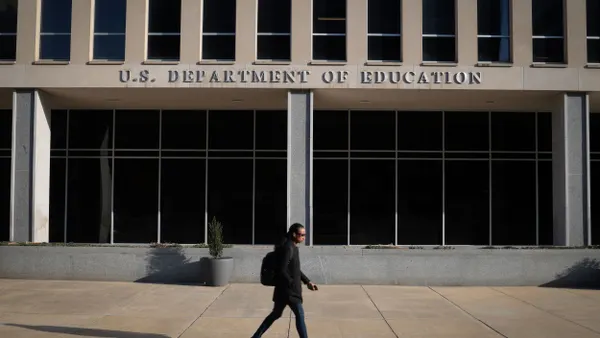Dive Brief:
- Martin Luther King, Jr.’s legacy is often simplified to students by showing them his “I Have a Dream” speech, but his full body of work and story — and that of the Civil Rights Movement as a whole — is much more complicated, reports Education Week. While King also spoke about the problems of poverty that face black communities, for example, it’s his message of racial harmony and equality that gets the greatest focus.
- In 2014, Teaching Tolerance found that while King is mentioned in 37 state standards, other crucial figures and elements from the Civil Rights era, such as King’s essay “Letter From a Birmingham Jail,” are not included in lessons students receive about that period in American history.
- For students to get a fuller overview about civil rights, educators should consider assigning other works, such as Coretta Scott King’s memoir, to get a fuller picture of the movement and of King himself.
Dive Insight:
Half a century has passed since Martin Luther King Jr’s seminal “I Have a Dream” speech, but the U.S. still struggles with providing everyone access to the same civil rights. To understand what’s happening today, students need a deeper grounding in what has happened in the nation’s past. Although King was a crucial figure from that era, one man cannot change a nation.
For students to get a more accurate portrayal of the 1960s, curriculum designers should consider bringing other work into classroom lessons, such as Malcolm X’s speeches or the graphic novel series “March,” co-authored by Rep. John Lewis (D-GA) about the Selma to Montgomery marches. As Teaching Tolerance notes, when the Civil Rights Movement is often taught, “…textbooks and core materials too often strip out context and richness to present a limited account of the movement,” the group writes in its 2014 analysis.
Hearing from other important figures of that era paints a more detailed portrait of the struggle and helps students build a more nuanced understanding of history.











